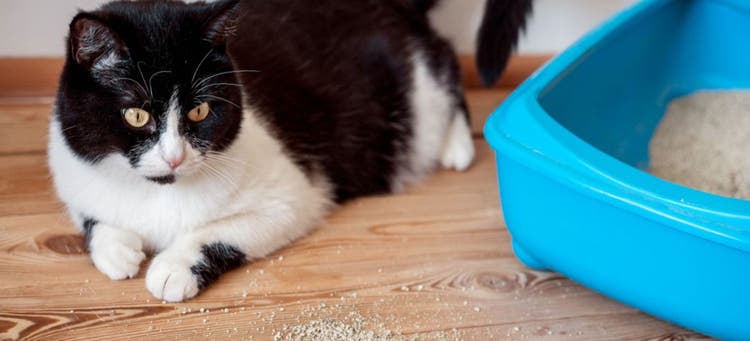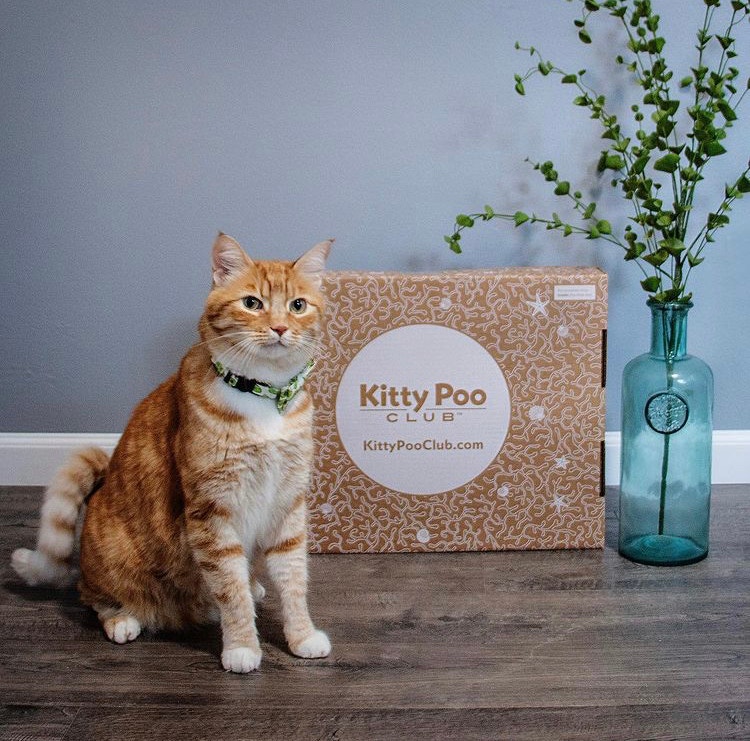
The Top 5 Confusing Cat Behaviors (and How to Deal with Them)
Content Sponsored by Kitty Poo Club
Do you feel like you’re constantly playing detective when it comes to your cat’s behavior? You’re not alone! Cats can be mysterious creatures, and their actions are not always easy to understand. But it’s important to take steps to decode your cat’s behavior, as it can provide valuable insights into their health and well-being.
In this article, we’ll discuss five common confusing cat behaviors, and provide tips on how to understand and deal with them. Keep reading for the lowdown on aggressive behavior, kneading, litter box avoidance, and more!
1. Aggressive Behavior
One of the most confusing things about cats is that they can be both cuddly and loving one minute, and then hissing and swiping at you the next. If your cat is acting aggressively, it’s important to take note of the circumstances surrounding the behavior so you can identify potential triggers.
Cats can act aggressively for a variety of reasons, but some of the most common include fear, anxiety, territoriality, and pain. Examples of triggers that might cause your cat to act aggressively include:
- Having a new baby or pet in the home
- Moving to a new house
- Changes in routine (e.g., a family member going on vacation)
- Injuries or painful health conditions like arthritis or dental problems
Socialization plays an important role in preventing and reducing aggressive behavior in cats. Kittens that are exposed to a variety of people, animals, and situations during the critical socialization period (between two and seven weeks of age) are less likely to develop fear-based aggression later in life.
If you have an older cat, it’s not too late to socialize them! You can start by gradually exposing them to new people, animals, and situations in a positive and non-threatening way. With patience and consistency, you should see a reduction in aggression that’s triggered by fear.
If you’re unsure about why your cat is behaving aggressively, it’s best to consult with a qualified veterinarian or animal behaviorist. They will be able to help you identify the root cause of the problem and come up with a plan to address it.
2. Kneading
Have you ever wondered why your cat likes to press their paws into your lap or a soft blanket? This behavior, known as kneading or “making biscuits,” is often seen as a sign of affection. It’s thought to be derived from a kitten’s nursing behavior, and many cats continue to do it into adulthood.
Experts still aren’t sure why exactly cats knead, but it’s generally seen as a calming activity that’s used to self-soothe or convey comfort. Some theories suggest that it helps cats mark their territory with their scent, or that it’s a way to stretch their muscles.
Whatever the reason, kneading is a harmless behavior that’s generally nothing to worry about. However, if your cat starts kneading excessively or becomes too rough, it might be a sign that they’re stressed or anxious. In these cases, it’s best to consult with your veterinarian for advice. It’s also vital to keep your cat’s claws trimmed to avoid painful tears and snags.
3. Purring

Purring is one of your cat’s primary communication tools.
Purring is another feline behavior that can leave cat parents scratching their heads. On the one hand, it’s a sign that your cat is content and happy. But on the other hand, cats also purr when they’re injured or in pain. So, what gives?
Well, it turns out that purring is a versatile tool that cats use to communicate different things. In addition to indicating happiness, purring can be a sign of pain, stress, or fear. It can also be used as a way to self-soothe and may even have healing properties.
As with any behavior, if purring becomes a cause for concern, consult with your veterinarian. They’ll be able to advise you on whether there are underlying health or behavioral issues that need to be addressed.
4. Excessive Grooming
The next confusing behavior on our list is excessive grooming, which is when cats spend an abnormal amount of time licking themselves. This can be difficult to notice as cats are naturally clean creatures and spend up to 50% of their waking hours self-grooming!
While this behavior is perfectly normal for cats, there are some cases where it can become excessive. If your cat is grooming themselves so much that their fur starts to thin out or they develop bald spots, it might be a sign of an underlying medical condition or behavioral problem.
Skin disorders, allergies, stress, and boredom are all potential causes of excessive grooming in cats. If you think your cat might be over-grooming, make an appointment with your veterinarian to have them checked out. They will examine your cat and run any necessary tests to help determine the cause of the problem.
If medical causes are ruled out, your veterinarian may suggest behavioral modification techniques to help reduce your cat’s stress levels and curb their excessive grooming habits. These may include removing sources of stress and enriching their environment by providing items such as climbing structures, toys, and scratching posts.
5. Litter Box Avoidance
Here are some reasons why your cat might be avoiding their litter box.
Finally, we have litter box avoidance, which is one of the most common (and frustrating) behaviors that cat parents deal with. There are a variety of reasons why cats might avoid using their litter box, including:
- An aversion to the specific type of litter
- The location of the litter box (it should be in a quiet, private area)
- A dislike of the litter box itself (e.g., it’s too small, dirty, or cramped)
- Medical conditions that make urinating painful, such as urinary tract infections or kidney disease
- Behavioral issues such as stress, anxiety, or conflict with other pets in the household
If your cat is avoiding their litter box, it’s important to consult with your veterinarian to rule out any medical causes. If a medical condition is ruled out, you can start working on addressing any potential behavioral issues.
Many cat parents find that simple changes like switching to a different type of litter or litter box can make all the difference in getting their cat to start using the litter box again. And an easy way to do this is with a subscription to Kitty Poo Club!
Kitty Poo Club is a monthly subscription service that delivers a brand new, recyclable litter box and bag of premium litter to your door every month.
And the best part? You can experiment with standard or XL litter boxes and a variety of different litter types until you find the perfect combination for your cat. Plus, shipping is always free on orders containing litter and litter boxes!
So, if you’re struggling with litter box avoidance, give Kitty Poo Club a try today! You may just find that it’s the purrfect solution.
PetPlace Reader Exclusive: Get 30% off your first litter box order with code PET30!